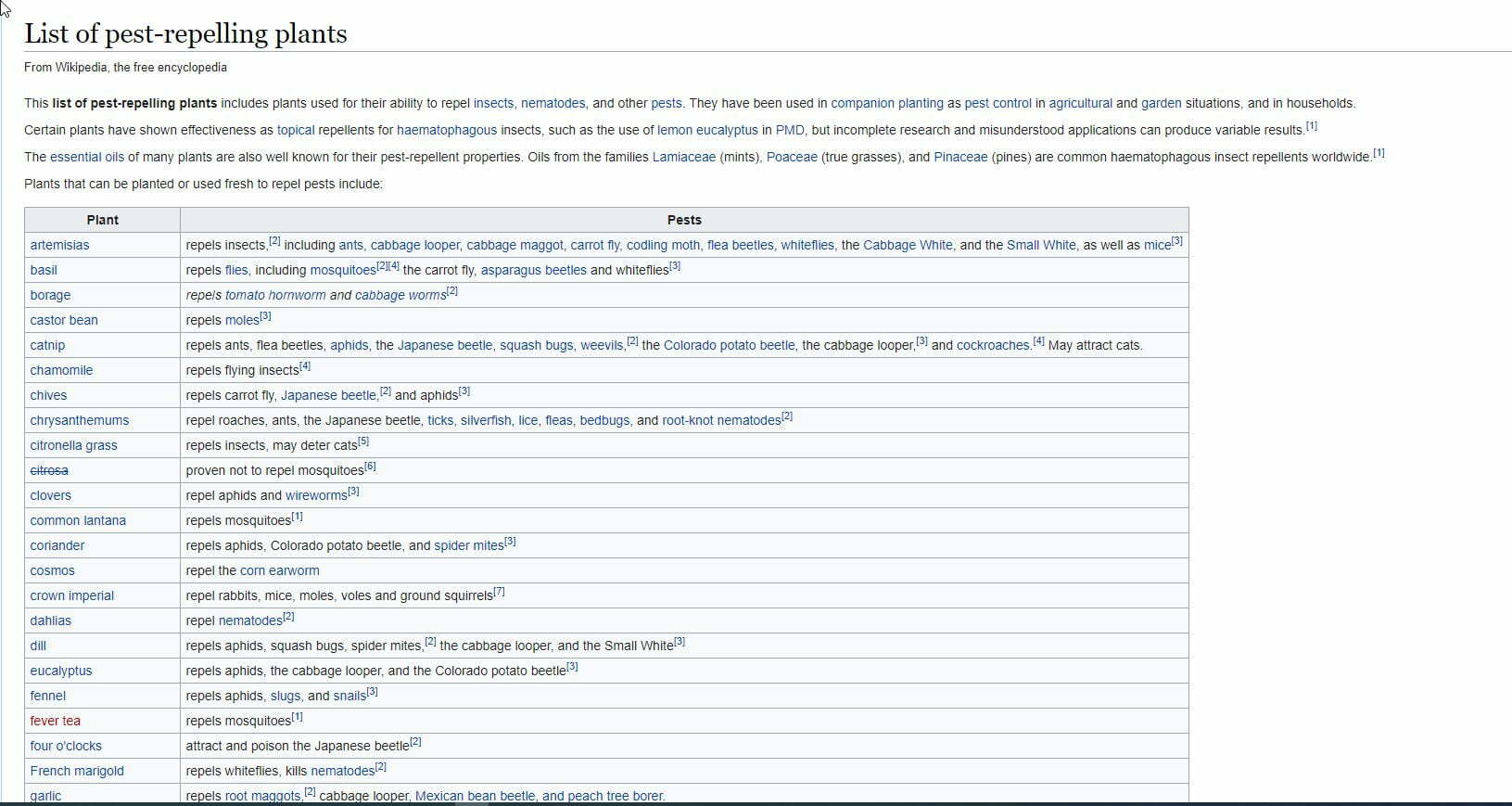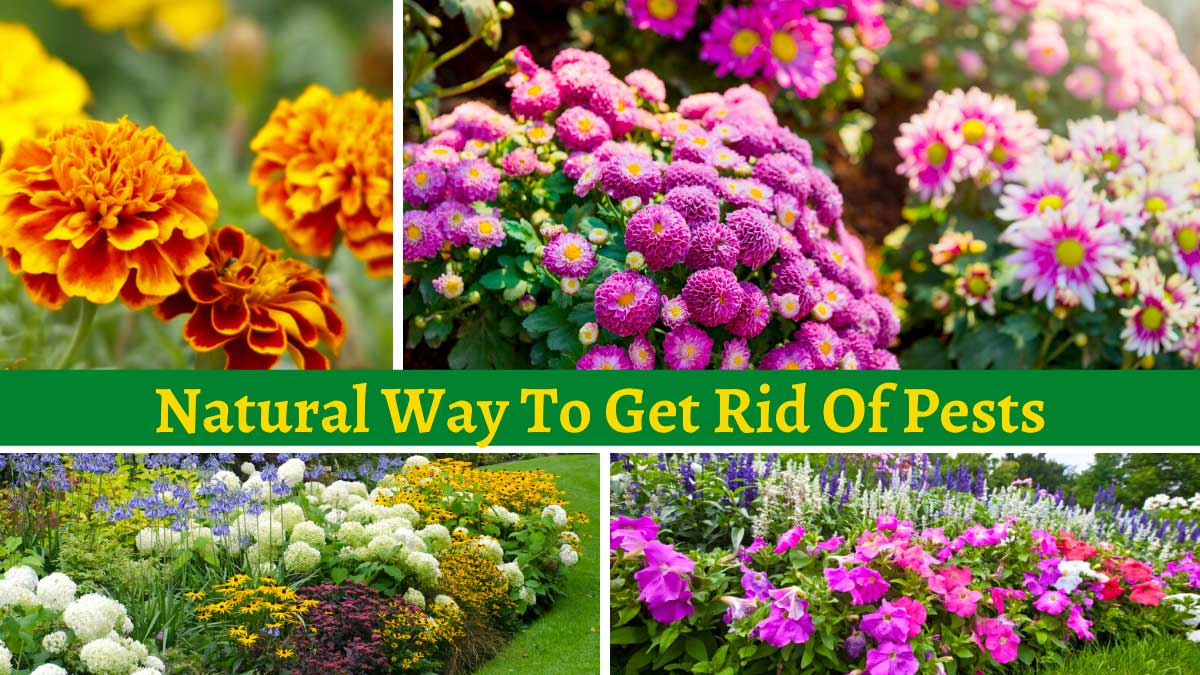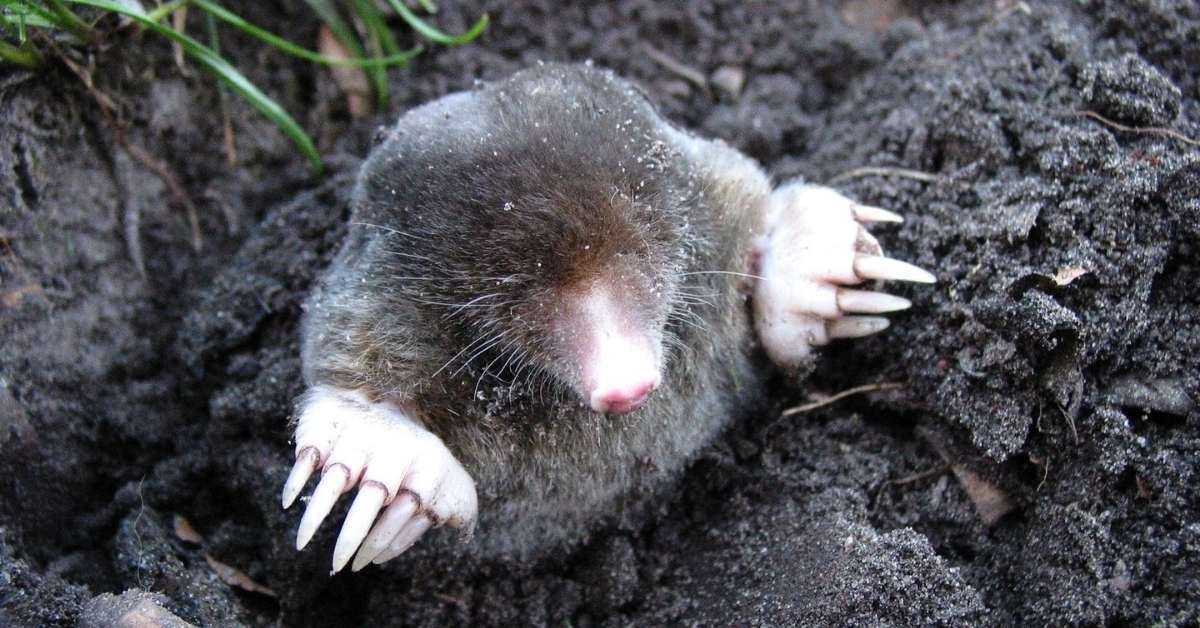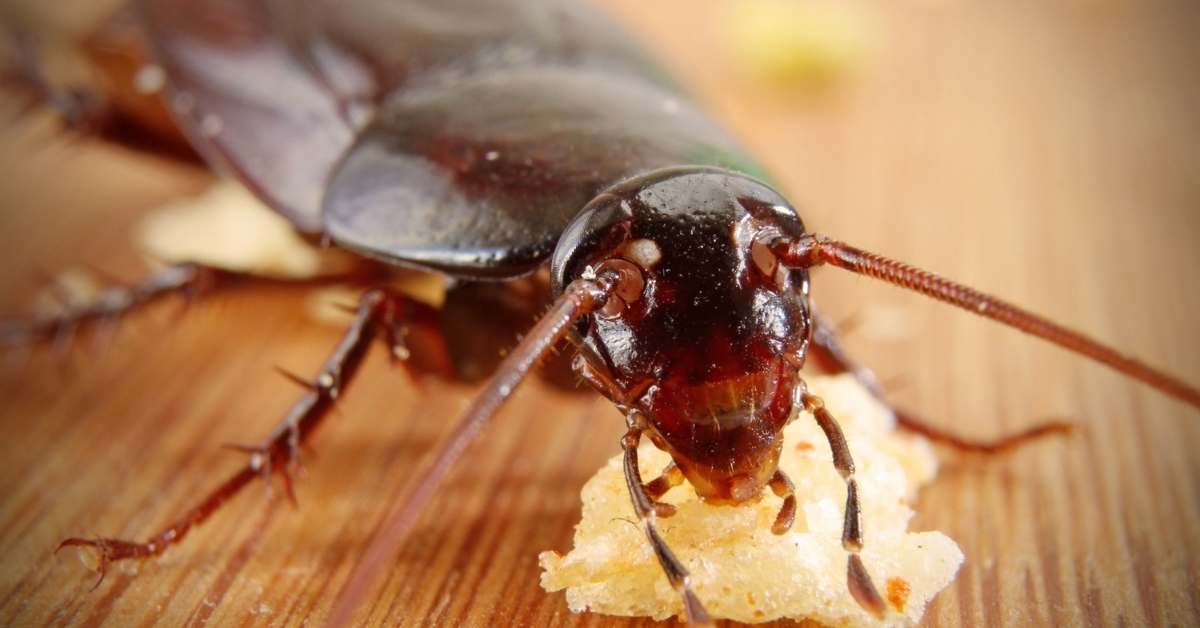How to keep the pests away without chemicals in our homes and gardens without resorting to chemical solutions should be a matter of utmost priority. While farms possess their own intricate ecosystems, it is unfortunate that most human interventions involve the use of harmful chemicals that disrupt the delicate balance of life within these microhabitats.
Undoubtedly, this approach is rooted in the need to safeguard crops from the devastating impact of detrimental insects and invasive species. Nevertheless, the employment of pesticides has engendered a host of predicaments. Over time, pests have developed resistance to toxic substances, thereby necessitating the application of increasingly potent alternatives in subsequent seasons.
Moreover, the use of such chemicals poses potential risks to the well-being of agricultural workers and individuals who inadvertently come into contact with remnants of these products through their dietary choices. A compelling alternative to consider entails the cultivation of specific flowers with the aim of repelling pests, thus circumventing the need for chemical sprays. By exploring such non-chemical methods, we can strive to strike a harmonious balance between pest management and ecological preservation.
You might also like this: Gardening in June
Keep the pests away without chemicals by growing pest-repelling plants
As highlighted in reports published by Fast Company, a significant number of organic farmers are reverting to non-chemical methods by fostering an ecosystem that supports the presence of natural pests.
One effective strategy they employ involves cultivating flowers alongside their main crops, thereby creating an environment conducive to the survival of organisms such as parasitic wasps, which prey on aphids during their early larval stage.
This practice of intercropping flowers has gained widespread popularity, particularly in Turkey, owing to its positive impact on biodiversity. By incorporating strips of flowers within their agricultural fields, producers establish a protective barrier that acts as a thoroughfare, allowing beneficial insects to disperse over larger areas and effectively impeding the spread of pests.
This innovative approach underscores the value of utilizing nature’s own mechanisms to strike a harmonious balance between pest management and ecological sustainability.
You might also like that: 18 tips on gardening in June
Growing flowers to decrease pests is becoming a widespread approach
In the United Kingdom, an influential experiment has gained considerable recognition, spearheaded by researchers Ben Woodcock and Richard Pywell at the Center for Ecology and Hydrology. Their endeavor focuses on exploring innovative methods for curtailing pest proliferation.
While the concept of cultivating flowers to attract beneficial insects may appear straightforward, it necessitates careful validation to determine the appropriate species and their optimal quantities. The adoption of advanced monitoring techniques has become indispensable in this process. In correspondence with Fast Company, Woodcock and Pywell emphasized the significance of implementing and safeguarding these in-field habitats, capitalizing on the widespread adoption of precision agricultural systems, including GPS mapping and precision application technologies.
Such advancements enable farmers to establish and preserve these habitats precisely. Undertaking this task would have posed considerable challenges a few years ago. While entirely eliminating the need for pesticide usage may not be immediately feasible, this approach offers a promising means of curbing the escalating pest population below critical levels, wherein they inflict substantial harm to plants. Consequently, it mitigates the frequency of pesticide application cycles, contributing to more sustainable pest management practices in the long run.
Flowers are vital for beehives
Furthermore, flowers hold significant importance for the preservation of beehives, a matter of great concern among scientists due to the alarming phenomenon of bee colony collapse. The pervasive issue of declining bee populations has sparked numerous discussions and extensive fieldwork aimed at understanding the underlying causes.
One glaring factor that has emerged is the inadvertent consequence of excessive chemical pesticide usage. This distressing concern has prompted research and experimentation in various countries worldwide. For instance, in Switzerland, researchers conducted a study wherein they planted a diverse combination of flowers, including poppies, cilantro, and dill, alongside wheat fields.
The fascinating discovery was that when pests that typically feed on wheat were instead consumed by beneficial insects attracted by the flowers rather than being controlled through chemical means, leaf damage decreased significantly by as much as 61 percent. These findings underscore the vital role that flowers can play in mitigating pests while fostering a healthier ecosystem, providing a compelling alternative to the reliance on chemical interventions.
Here is the list of pest-repelling plants
Here is a list of pest repelling plants, including catnip, basil, borage, and more.

The integration of flower production as an additional tool for farmers has the potential to yield remarkable reductions in pesticide usage. Moreover, the sight of flourishing flowers within agricultural landscapes is truly awe-inspiring. By embracing this approach, farmers can embrace a more sustainable and environmentally conscious method of pest management, promoting the well-being of ecosystems and showcasing the remarkable beauty and benefits that flowers bring to the agricultural landscape.


